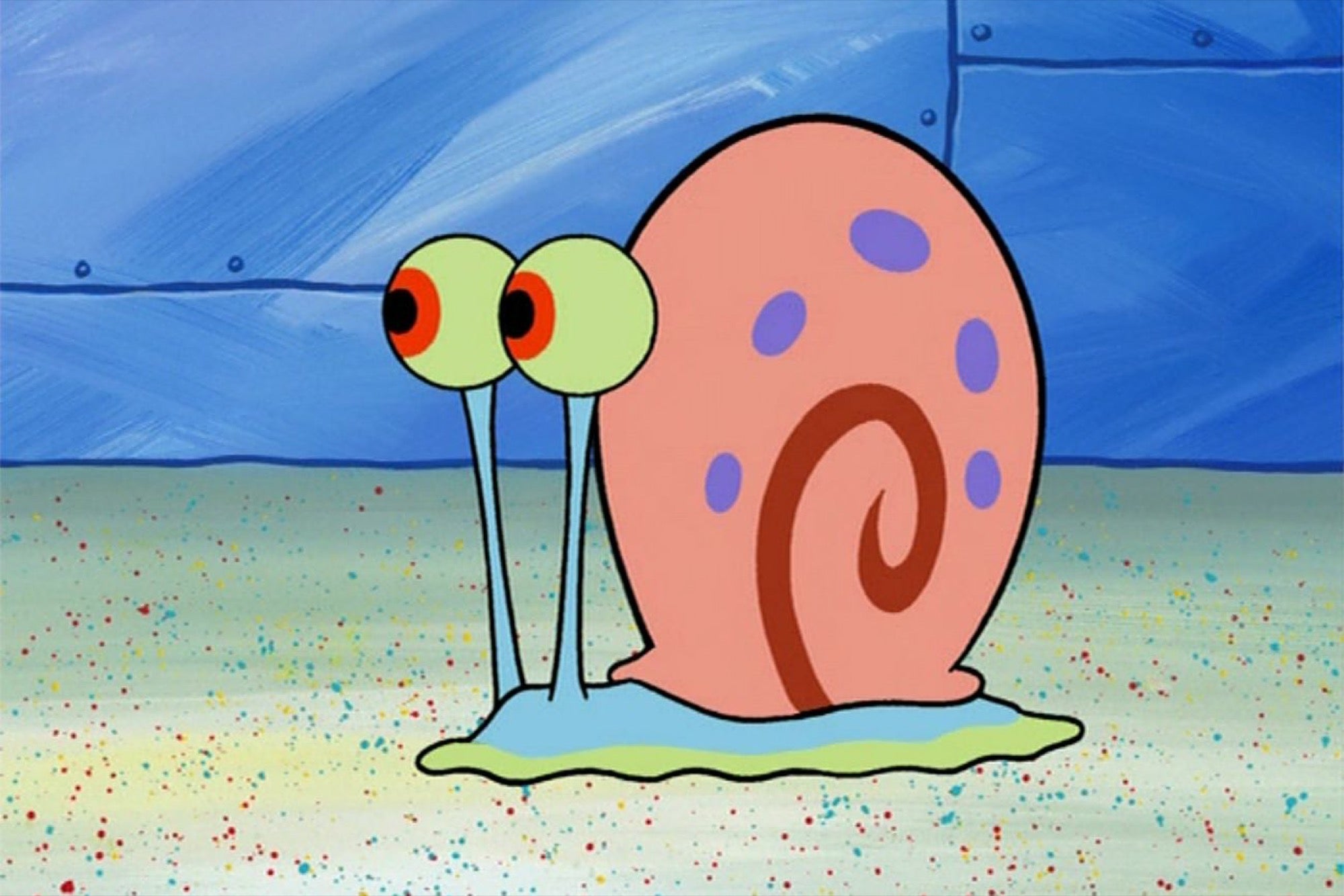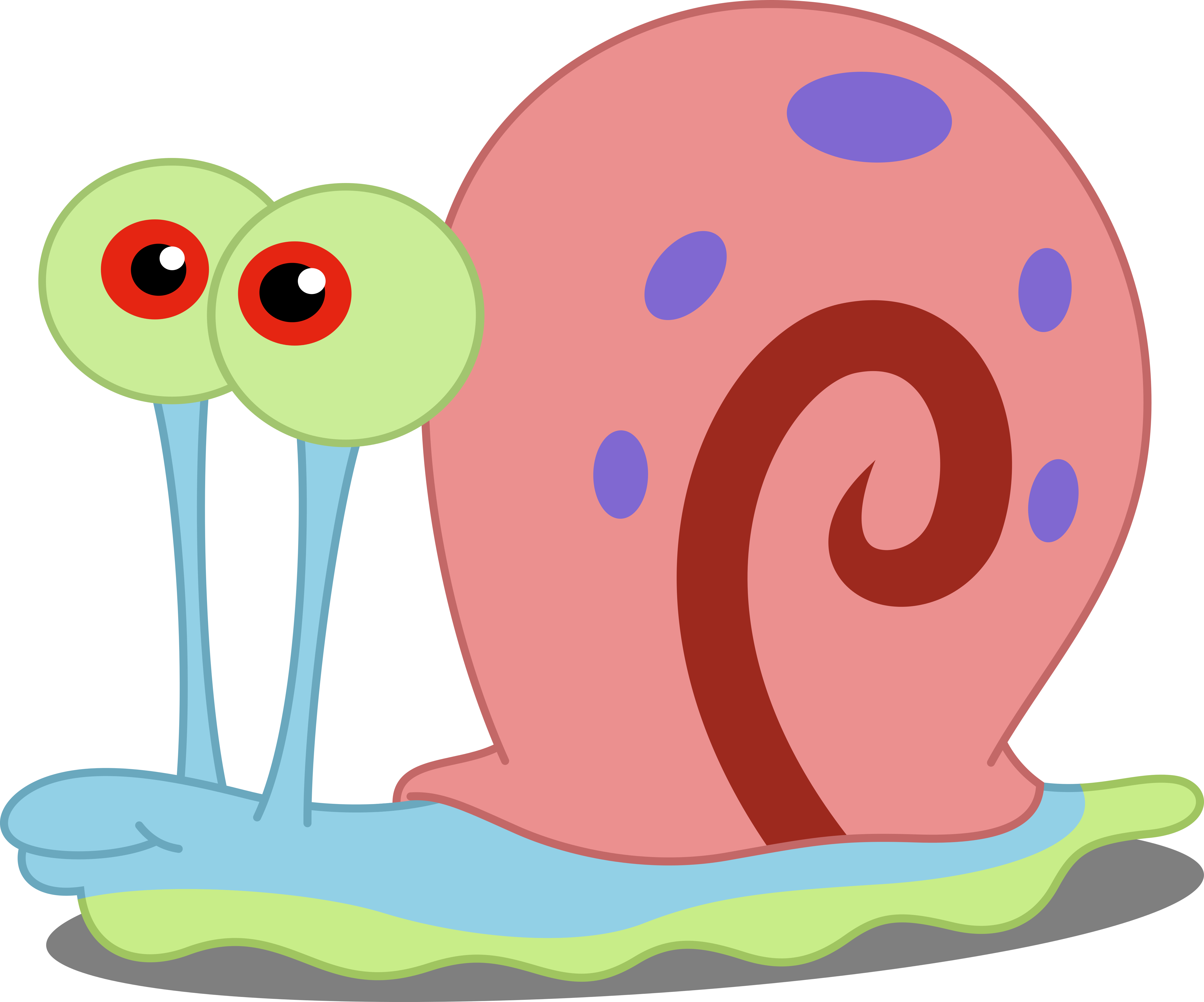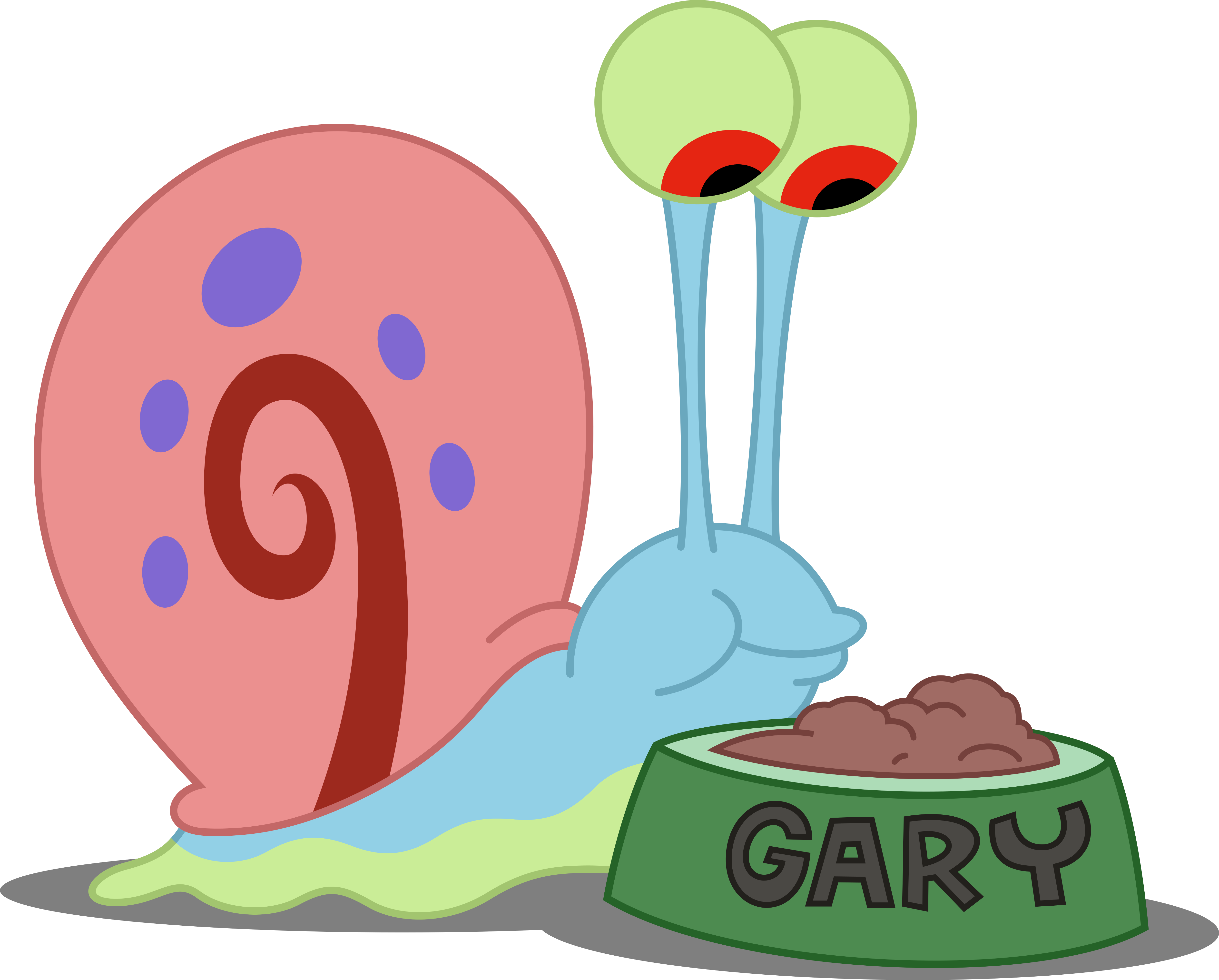Unpacking The Shared Legacy: Gary Oldman And Uma Thurman's Impact On Cinema
When you hear the name "Gary," what comes to mind first? For some, it's a place, a city with a rich industrial past, like Gary, Indiana, which was founded in 1906 by the U.S. Steel Corporation, as a home for its new plant, Gary Works. That city, named after lawyer Elbert Henry Gary, who was its founding figure, holds a special place in American history, very much a city of heart and soul, located in Lake County, about 25 miles from downtown Chicago. You know, Gary, Indiana, has a story all its own, from its beginnings as a prosperous steel town to its current status as the western gateway to the Indiana Dunes National Park, and it's actually a pretty interesting spot, even if it's not always on everyone's travel itinerary unless they are, say, paying homage to Michael Jackson's childhood home.
However, for many others, the name "Gary" immediately brings to mind a different kind of legend, a master of transformation on the silver screen: Gary Oldman. And when you pair that name with Uma Thurman, a performer known for her distinctive presence and commanding roles, a fascinating cinematic connection starts to emerge. Their combined body of work, though perhaps not extensive in direct collaborations, tells a compelling story about the power of acting and the unforgettable characters they've brought to life, really.
This article will explore the individual brilliance of Gary Oldman and Uma Thurman, considering their paths in the film world and the notable moments where their careers intersected, or rather, where their artistic spirits resonated across different projects. We'll look at what makes each of them such a compelling presence in front of the camera, and why their names, when spoken together, conjure up images of truly memorable movie experiences, so it's almost a natural pairing in a way.
- Rebecca Gayheart Net Worth
- Bob Sapp Net Worth
- How Much Is Nba Youngboy Worth
- William Katt Net Worth
- Khanyi Mbau Net Worth
Table of Contents
- Gary Oldman: A Master of Metamorphosis
- Uma Thurman: Grace and Intensity
- The Unforgettable Collaboration: Pulp Fiction
- Beyond Pulp Fiction: Parallel Paths
- Their Lasting Legacy on Film
- Frequently Asked Questions
Gary Oldman: A Master of Metamorphosis
Gary Oldman, born in London, England, in 1958, has forged a career built on an incredible capacity for transformation. He's an actor who, honestly, seems to vanish into every part he plays, leaving audiences to marvel at the new person standing before them. His journey into acting began at the Rose Bruford College of Speech and Drama, and it was clear from his early stage work that he possessed a remarkable talent, a truly intense focus, and a kind of dedication that set him apart, you know.
Gary Oldman: Personal Details and Bio
| Attribute | Details |
|---|---|
| Full Name | Gary Leonard Oldman |
| Date of Birth | March 21, 1958 |
| Place of Birth | New Cross, London, England |
| Nationality | British |
| Occupation | Actor, Filmmaker, Musician |
| Years Active | 1979–present |
| Notable Roles | Sid Vicious, Lee Harvey Oswald, Dracula, Commissioner Gordon, Winston Churchill, Sirius Black |
| Awards | Academy Award, Golden Globe Award, BAFTA Award, Screen Actors Guild Award |
Early Days and Breakthroughs for Gary
His early film roles were often raw and intense, showcasing a knack for portraying troubled or volatile individuals. Think about his portrayal of Sid Vicious in "Sid and Nancy" (1986), a performance that truly put him on the map. He brought a startling vulnerability and a fierce energy to the role, making it quite memorable. Then came "Prick Up Your Ears" (1987), where he played playwright Joe Orton, again demonstrating his ability to inhabit complex characters with a kind of fearless honesty. These early roles, in a way, set the stage for the incredible range he would later display, really.
The Chameleon on Screen
What makes Oldman so compelling is his absolute dedication to each character. He doesn't just play a part; he becomes it. Whether it's the iconic Count Dracula in "Bram Stoker's Dracula" (1992), the seemingly ordinary but deeply unsettling Jean-Baptiste Emanuel Zorg in "The Fifth Element" (1997), or the steadfast Commissioner Gordon in Christopher Nolan's "The Dark Knight" trilogy, his performances are always distinct. He has this amazing capacity to alter his voice, his mannerisms, and even his physical presence to suit the demands of the role. This quality, arguably, makes him one of the most versatile actors of his generation, and honestly, a joy to watch because you never quite know what you're going to get, which is part of the fun.
- Ari Fletcher Net Worth 2024
- Allyson Felix Net Worth
- Tinashe Net Worth
- How Much Is Snoop Dog Worth
- Vivek Ranadiv%C3%A9 Net Worth
Uma Thurman: Grace and Intensity
Uma Thurman, born in Boston, Massachusetts, in 1970, possesses a unique blend of ethereal beauty and formidable strength that has captivated audiences for decades. Her presence on screen is often striking, a combination of grace and a powerful, underlying intensity. She comes from a rather interesting background, with a father who is a professor of Indo-Tibetan Buddhist Studies and a mother who was a model and psychotherapist. This background, in some respects, might have contributed to her distinct perspective and her ability to bring such depth to her roles, too.
Uma Thurman: Personal Details and Bio
| Attribute | Details |
|---|---|
| Full Name | Uma Karuna Thurman |
| Date of Birth | April 29, 1970 |
| Place of Birth | Boston, Massachusetts, USA |
| Nationality | American |
| Occupation | Actress, Model |
| Years Active | 1987–present |
| Notable Roles | Mia Wallace, The Bride, Poison Ivy, Cécile de Volanges |
| Awards | Golden Globe Award, BAFTA Award nomination, Academy Award nomination |
Finding Her Stride
Thurman started her career as a model before moving into acting. Her early roles hinted at her potential, but it was her work with specific directors that really allowed her to shine. She appeared in films like "Dangerous Liaisons" (1988), where she played Cécile de Volanges, showcasing a youthful innocence that was later shattered. Then came "Henry & June" (1990), a more daring role that further established her as an actress willing to take on complex, challenging material. These early experiences, you know, helped her refine her craft and prepare her for the iconic performances that were just around the corner, arguably.
A Distinctive Presence
What sets Thurman apart is her ability to convey both vulnerability and immense power, often within the same character. She has a way of holding the screen, drawing your attention with her eyes, and then surprising you with a sudden burst of emotion or action. Her performances in the "Kill Bill" films, where she embodied The Bride, are prime examples of this. She carries the weight of the story, delivering both brutal action and moments of profound emotional depth. This combination of strength and a certain delicate quality makes her performances truly captivating, and honestly, she has a way of making even the most outlandish scenarios feel grounded, which is quite a skill.
The Unforgettable Collaboration: Pulp Fiction
While Gary Oldman and Uma Thurman have both built impressive individual filmographies, their most significant, and arguably most iconic, connection in the public consciousness comes from Quentin Tarantino's groundbreaking film, "Pulp Fiction" (1994). Though they don't share extensive screen time together in the film, their roles are both central to its interwoven narrative, and their performances contribute immensely to the movie's lasting appeal. It's a film that, frankly, changed the landscape of independent cinema, and their contributions were a big part of that, so it's a really important piece of film history.
Gary Oldman, surprisingly to some, does not actually appear in "Pulp Fiction." This is a common misconception, probably because his name is often associated with the era of bold, character-driven films that "Pulp Fiction" epitomizes, and because his acting style would have fit right in. His absence from the cast of "Pulp Fiction" means their direct collaboration is not found there. However, Uma Thurman's role as Mia Wallace is utterly central to the film's enduring legacy. Her performance as the enigmatic, alluring, and ultimately vulnerable wife of a crime boss is, quite simply, legendary. The dance scene with John Travolta's Vincent Vega is, of course, an instant classic, a moment of pure cinematic magic that captures the film's unique blend of cool and quirky, and it's something that, honestly, still gets talked about today, nearly thirty years later.
Thurman's portrayal of Mia Wallace earned her an Academy Award nomination for Best Supporting Actress, solidifying her status as a major talent. Her ability to deliver Tarantino's distinctive dialogue with such natural flair, coupled with her captivating screen presence, made Mia Wallace a character that audiences immediately embraced. It's a performance that, in a way, perfectly encapsulates the film's tone and its lasting cultural impact, you know. While Oldman wasn't in this specific film, his work around that time, like in "Léon: The Professional" (1994) as the wildly unhinged Stansfield, showed a similar kind of fearless, larger-than-life acting that also defined that era of cinema, so there's a kind of thematic resonance even without a direct shared scene.
Beyond Pulp Fiction: Parallel Paths
While "Pulp Fiction" links Thurman to a specific cinematic moment, and Oldman's career flourished concurrently with equally impactful, if separate, roles, their paths have continued to evolve in interesting ways. Gary Oldman has consistently taken on roles that challenge him, from the quiet intensity of George Smiley in "Tinker Tailor Soldier Spy" (2011) to his Oscar-winning transformation into Winston Churchill in "Darkest Hour" (2017). His dedication to historical figures and complex characters shows a consistent commitment to his craft, and it's actually pretty inspiring to watch him work, honestly.
Uma Thurman, too, has continued to explore a wide range of characters. After her iconic turn in "Pulp Fiction," she re-teamed with Tarantino for the "Kill Bill" saga (2003-2004), creating another indelible character in The Bride. These films cemented her status as an action star, but also allowed her to showcase a deep emotional range. She has also appeared in more independent films, television series, and even on stage, demonstrating a desire to keep her work fresh and engaging, and that's something, you know, a lot of actors strive for, but not all achieve with her level of success.
Both actors, in their own right, have become benchmarks for compelling performances. They embody a certain kind of Hollywood gravitas, where talent and dedication are paramount. They don't rely on flash or gimmick; instead, they dig deep into their characters, bringing them to vivid life for audiences around the globe. This shared commitment to the art of acting, arguably, makes their careers resonate together, even when they aren't sharing the same set. It's almost like they exist in the same artistic universe, if that makes sense.
Their Lasting Legacy on Film
The careers of Gary Oldman and Uma Thurman stand as testaments to the enduring power of exceptional acting. Gary Oldman, with his unparalleled ability to transform, has consistently delivered performances that are both surprising and deeply felt. He's an actor who can be virtually unrecognizable from one role to the next, yet his presence always leaves a significant mark. His dedication to character, and his willingness to push boundaries, have made him a true legend in the industry, and it's something that, honestly, inspires a lot of younger actors today.
Uma Thurman, on the other hand, has carved out a unique space with her blend of strength, vulnerability, and distinctive charm. Her iconic roles have not only entertained but have also helped redefine what a leading woman in cinema can be. She possesses a rare quality that allows her to command attention, whether she's wielding a samurai sword or delivering a quiet, poignant line. Her impact, you know, extends beyond just her performances; she represents a certain kind of fearless artistry, which is pretty cool.
Together, or rather, through their parallel impacts, Gary Oldman and Uma Thurman have contributed significantly to the fabric of modern cinema. They remind us that great acting is about more than just delivering lines; it's about embodying a spirit, telling a story, and leaving an impression that lasts long after the credits roll. Their work continues to be celebrated, rewatched, and studied, ensuring their place as two of the most influential performers of their time. So, if you're ever looking for a truly captivating film experience, considering a movie starring either of these two talents is, honestly, always a good bet. Learn more about iconic film performances on our site, and find out more about Hollywood's enduring stars.
Frequently Asked Questions
Did Gary Oldman and Uma Thurman star in movies together?
While both Gary Oldman and Uma Thurman are highly respected actors who were active during similar periods of significant cinematic change, they did not, in fact, star in the same film together. This is a common point of confusion, likely because both have been involved in many critically acclaimed and culturally impactful movies, and their styles often align with a certain type of bold, character-driven storytelling. For example, Uma Thurman's iconic role as Mia Wallace in "Pulp Fiction" is often mentally linked with the kind of intense, transformative performances Gary Oldman was delivering around the same time, such as his work in "Léon: The Professional," but they were separate projects, you know.
What is Gary Oldman known for?
Gary Oldman is widely recognized for his extraordinary versatility and his ability to completely disappear into his roles, often undergoing significant physical and vocal transformations. He's, arguably, a true chameleon of the screen. Some of his most celebrated performances include his portrayal of Sid Vicious in "Sid and Nancy," the title character in "Bram Stoker's Dracula," the corrupt DEA agent Stansfield in "Léon: The Professional," Commissioner Gordon in Christopher Nolan's "The Dark Knight" trilogy, and his Academy Award-winning performance as Winston Churchill in "Darkest Hour." He also played Sirius Black in the "Harry Potter" series, which, you know, introduced him to a whole new generation of fans.
What are Uma Thurman's most famous roles?
Uma Thurman is perhaps most famous for her collaborations with director Quentin Tarantino, particularly her iconic role as Mia Wallace in "Pulp Fiction," which earned her an Academy Award nomination. She also achieved global recognition and critical acclaim for her portrayal of The Bride in Tarantino's two-part martial arts epic, "Kill Bill: Volume 1" and "Kill Bill: Volume 2." Beyond these, her notable roles include Cécile de Volanges in "Dangerous Liaisons," Irene Cassini in "Gattaca," and Poison Ivy in "Batman & Robin." She has, honestly, a knack for playing strong, memorable women, which is pretty cool.
- How Old Is Peter Noone
- Bradley Steven Perry Net Worth
- Shawn Ryan Navy Seal Net Worth
- Net Worth Bob Weir
- Mary Louise Parker Net Worth

Elon Musk Introduces His Pet Snail 'Gary' at an L.A. Event to Tout His

Vector #674 - Gary #2 by DashieSparkle on DeviantArt

Vector #672 - Gary by DashieSparkle on DeviantArt